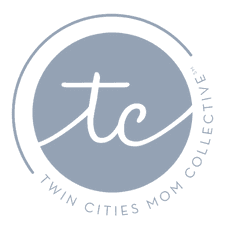As a busy mom, I wear a lot of hats—caretaker, doctor, chauffeur, chef, referee, just to name a few. However, the one hat I didn’t think about was brain builder. Yes, brain builder. As a parent, one of the most important hats we wear is that of a brain builder.
Parents are brain builders. Our interactions with our children help build their brains. One important way we do that is with “serve and return.” “Serve and return” is the back-and-forth exchange between a child and significant adult in their lives (parents, teachers, grandparents, etc.). This back-and-forth process is fundamental to the wiring of the brain, especially in the earliest years. Think tennis, ping-pong, or volleyball.
Children naturally seek interaction. The coo of a baby, the smile of a toddler, and the shout of “Look at me!” from a preschooler are all examples of children seeking interaction. Parents or caregivers respond with sweet whispers to the baby, a smile and an “I love you” to the toddler, and a “Wow, you are using blocks to build a tall tower! Tell me about your building” to the preschooler. These interactions help “wire” the brain by creating connections. When parents and caregivers respond to a child’s initiation of interaction, it fosters brain development.
I found this information incredibly insightful, impactful, and somewhat intimidating. Where do I start? How do you build brains?
So, I started with the experts—teachers at New Horizon Academy. I asked the brain-building teachers at New Horizon Academy for suggestions on becoming a brain builder. They shared some simple ways to help build your child’s brain and why they are essential.
Below are a few easy-to-implement brain-building activities.
5 Brain-Building Activities:
1. Put down your phone and spend one-on-one time with your little one.
-
- The number one brain booster for children is one-on-one time with parents.
2. Hold, touch, and snuggle with your child.
-
- Touch is a child’s lifeline to security, attachment, and reassurance.
3. Make time each day to practice and encourage repetition of songs, stories, and other experiences.
-
- Few things build a child’s brain and open opportunities for learning more than consistent repetition. Telling the same stories and singing the same songs over and over may feel boring to you, but it is not boring to your little one.
4. Talk, laugh, sing, play peek-a-boo, and read with your child. Children need to hear language.
-
- The key to language development in a child’s brain is hearing language – lots of it.
- Music and language not only introduce children to words, but help them learn rhythm, sequences, and spatial and math skills.
5. Cook together.
-
- Cooking can help a child learn and practice some basic math concepts and build language skills.
- The experience of creating meals with you can help build their self-confidence and lay the foundation for healthy eating habits.
I followed the suggestions of the teachers at New Horizon Academy. I began by committing to put down my phone and being very intentional about wearing my brain-building hat.
From there, it was easy. I realized there’s no need to purchase expensive toys, games, or equipment to support brain development. Instead, the everyday interactions I engage in with my children stimulate brain development. I just need to look for those opportunities.
You can do it too! It is really pretty simple and powerful. Your child will toss you an opportunity to build their brain, and all you have to do is respond with a meaningful reply; the brain will make connections.
As you can see, everyday interactions with your child present an opportunity for brain building.
After practicing this for a few months, I realized it wasn’t as hard or as intimidating as I thought. It was really turning everyday activities into opportunities to engage my children and allow the connections in their brains to ignite. It has been both fun and rewarding. I now see myself as an architect of Ben’s and Will’s brains and am taking opportunities to build their brains.
If you’re looking for additional information on serve and return and brain development, I recommend checking out a Ted Talk: How Every Child Can Thrive by Five. Seven-year-old Molly Wright breaks down the research on serve and return and its impact on brain development.
And if you are looking for a high-quality childcare and early education program for your child, one that is committed to building brain development, visit https://www.newhorizonacademy.net/ and register your child at New Horizon Academy.
Happy brain building! I hope it becomes your favorite hat!






